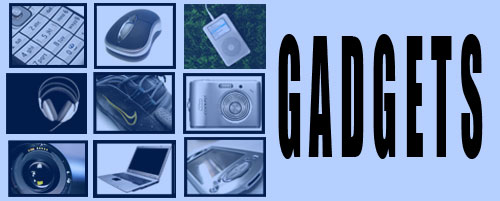Nokia 6610 User Guide Manual
About accessories An overview of functions Multimedia messaging service (MMS) Polyphonic sound (MIDI) General Packet Radio Service (GPRS) Speakerphone Java applications FM radio Welcome and quick guide Get the most out of this guide Understand wireless network services Register your phone E-Newsletters Understand your phone Get help Get started with the Quick Guide Menu shortcuts Switch your phone on or off Check the start screen Use the selection and scroll keys Browse phone menus Basic operations Set the clock and answer calls Call and setup your voicemail Options during a call Set up your phone Text entry Standard mode Predictive text input
Manage phone security Security levels Fixed dialing Access codes The Phone book View the Phone book menu Save names and numbers Copy Phone book entries 1-touch dialing View Info, Service, and Own numbers Menu functions Messages (Menu 1) Tips for composing a message Write and send a text message Picture messages E-mail Multimedia Messages Voice messages Automate voicemail Message options Organize messages with folders Delete messages Call log (Menu 2) Call log options View missed calls View received calls View dialed numbers Clear call lists View call duration [ ii ] Profiles (Menu 3) Select a profile Customize a profile Set a timed profile Settings (Menu 4) Call settings settings Display settings Tone settings Alarm clock (Menu 5) Set an alarm Turn off an alarm that has been set Radio (Menu 6) Turn the radio on and off
Get Nokia 6610 User Guide Manual

